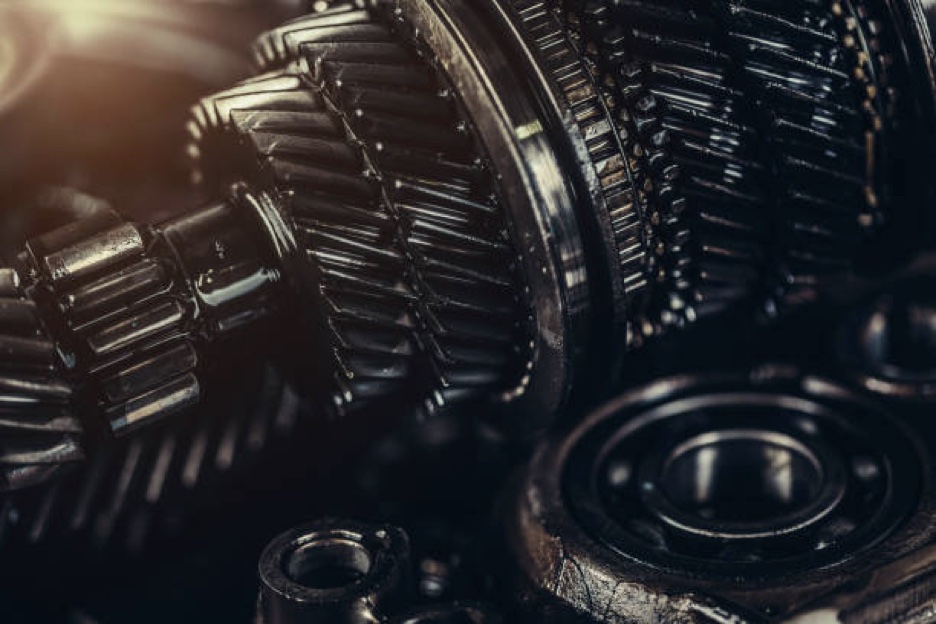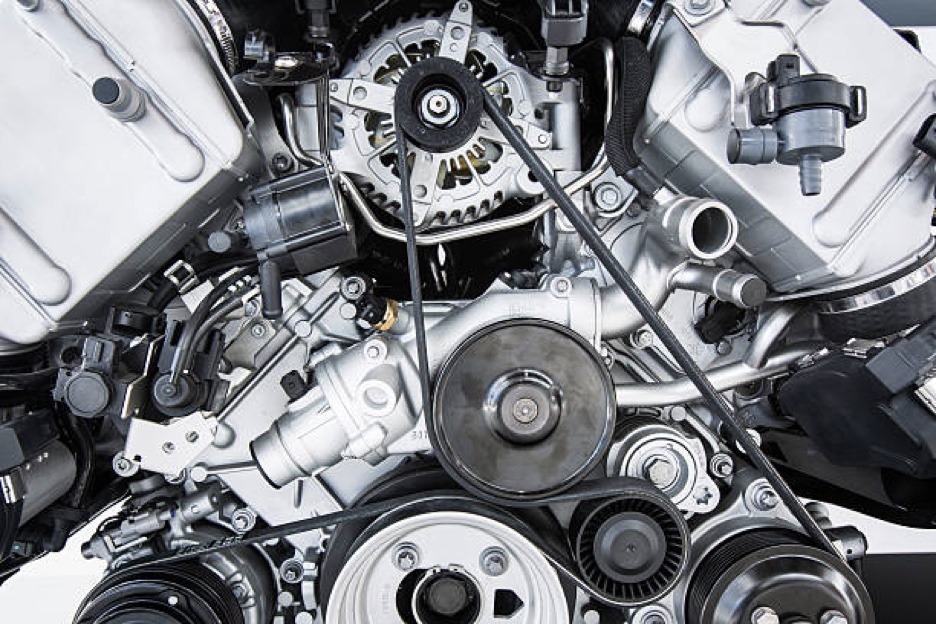Mechanical power transmission is an essential process for many industries and applications. It involves transferring mechanical power from one location to another, often through the use of mechanical elements such as belts, chains, sprockets, couplings, and gearboxes. The process is used to move energy from one source to another and is used to power machines in a variety of industries, from manufacturing to agriculture. By understanding the fundamentals of mechanical power transmission and its elements, businesses can utilize this process to maximize efficiency, reduce downtime, and achieve an optimal output.

Mechanical power transmission is a process in which mechanical energy is transferred from one component to another. It is used in numerous types of machinery, from everyday appliances to large industrial systems. The elements of mechanical power transmission include the transmission mechanism, the receiving mechanism, and the power source. The transmission mechanism converts the power from the power source into motion, which is then transferred to the receiving mechanism.
Common transmission mechanisms include belts, chains, and gears. Belts provide a continuous motion from one shaft to another, while chains and gears provide intermittent motion. The receiving mechanism is the component that converts the motion from the transmission mechanism into useful work. This could be a drive pulley, drive shaft, or other devices. To know more about mechanical power transmission, visit this site https://ph.rs-online.com/web/c/mechanical-power-transmission/.
Types of transmission elements
Transmission elements are vital parts of a system or network. Without them, the signal or energy being transmitted from one point to another would not be possible. These elements not only take on the task of transferring the signal or energy but also control the rate of signal or energy transfer, adjust the signal so it can be used in the most effective way, and ensure that the signal is not affected by external factors such as noise or interference. There are a variety of transmission elements, each with its own unique properties and characteristics.
The various types of transmission elements available are geared towards serving different purposes, making them versatile and functional parts of a system. Generally, there are three main types of transmission elements: mechanical, electrical, and hydraulic.
Mechanical transmission elements include gears, pulleys, and belts, each providing a distinct purpose. Gears are used for providing mechanical advantage, pulleys are used for changing the direction of energy, and belts are used for transmitting energy between two parallel shafts. These components are often used together in order to provide more flexibility and control.

Advantages of Mechanical Power Transmission
Mechanical power transmission is a widely accepted form of transmitting power from one machine to another. It is one of the most efficient and cost-effective means to achieve this. This technology has been around for centuries and has only been improved upon with advancements in technology. There are countless advantages to mechanical power transmission, ranging from its affordability to its reliability and versatility.
Mechanical power transmission systems are a great option for a range of applications due to their many benefits. Systems for mechanical power transmission are more effective, more dependable, less expensive, and safer. Lowering the amount of energy needed to run machines, pulley systems, and belt drives can increase efficiency. Utilizing these devices also lowers noise levels. Using components made to resist the rigors of regular use and the harsh environment of industrial settings increases reliability. Additionally, using mechanical power transmission systems results in significant cost savings because they need less upkeep and replacement parts over their useful lives.
Interesting Related Article: “How Falk Gearboxes Became An Industry Standard“

